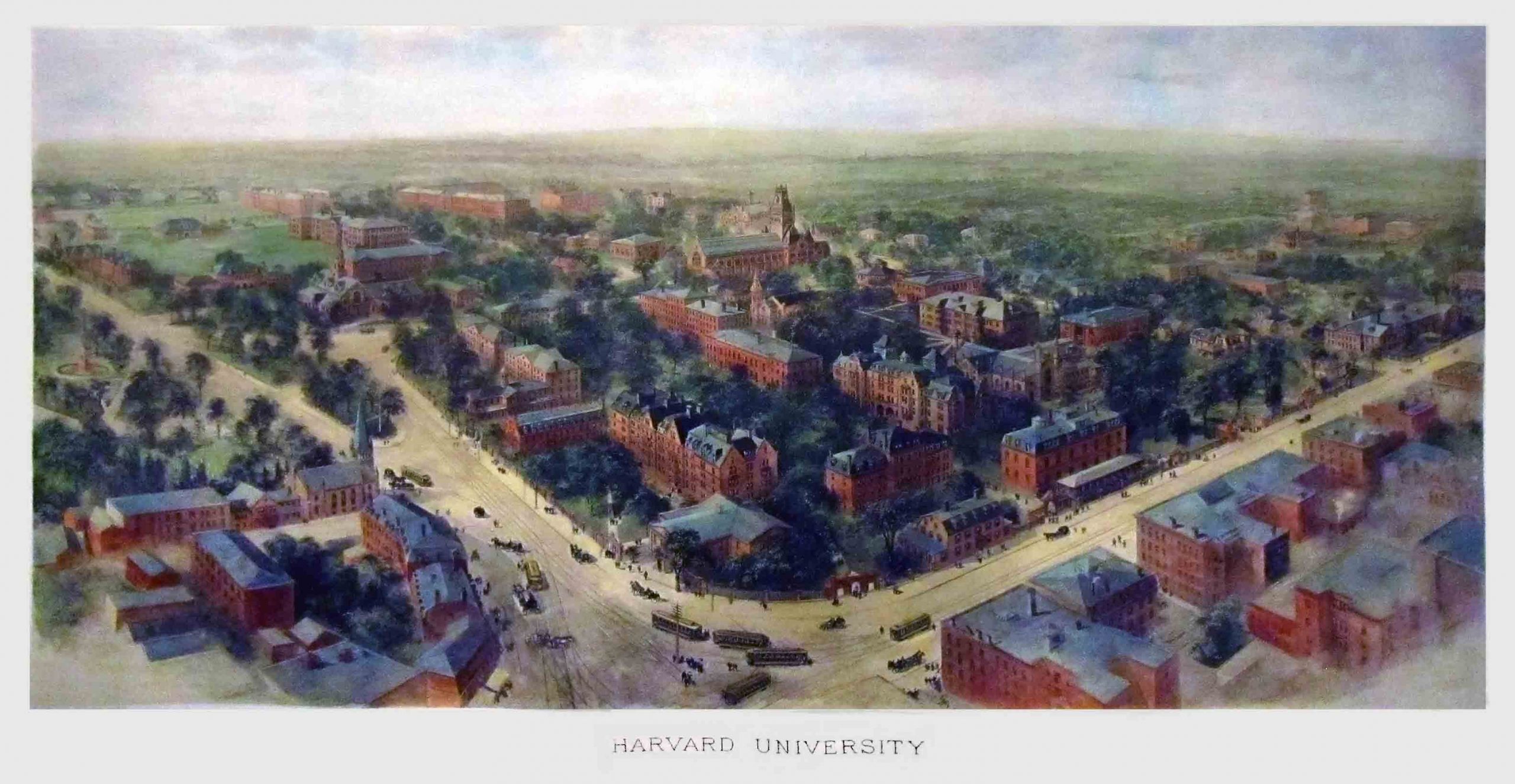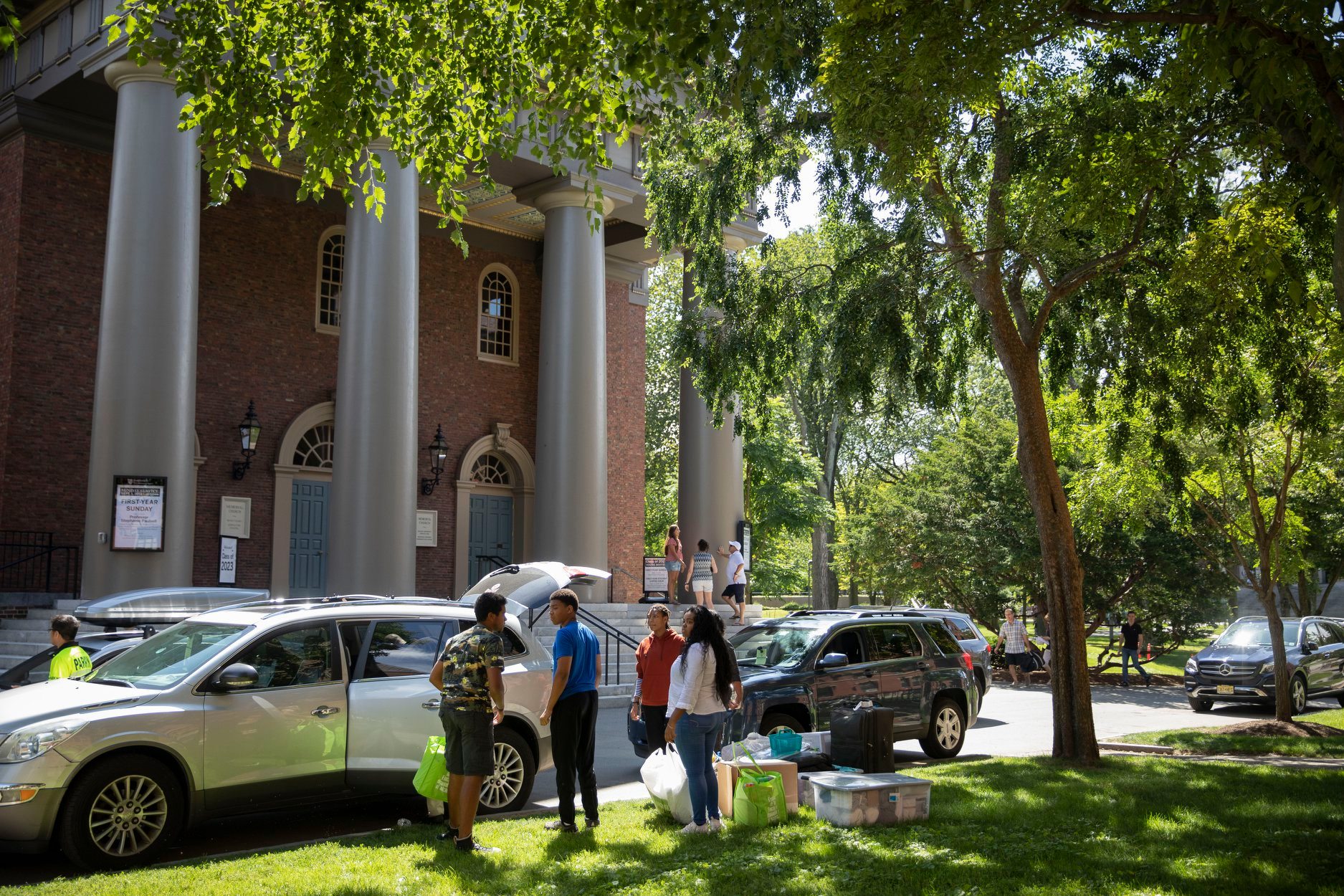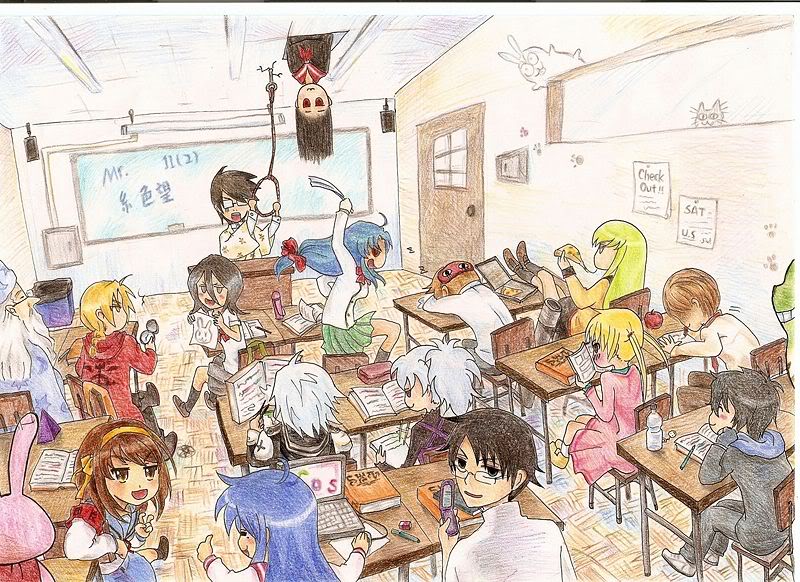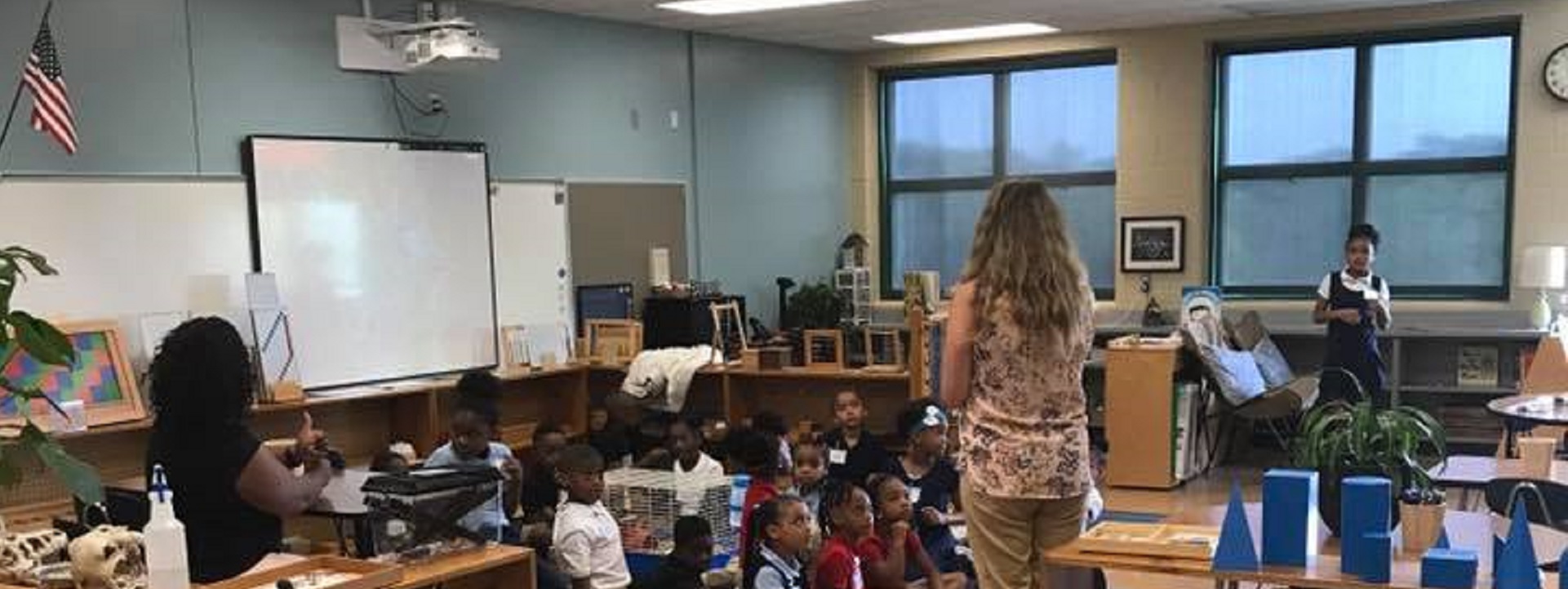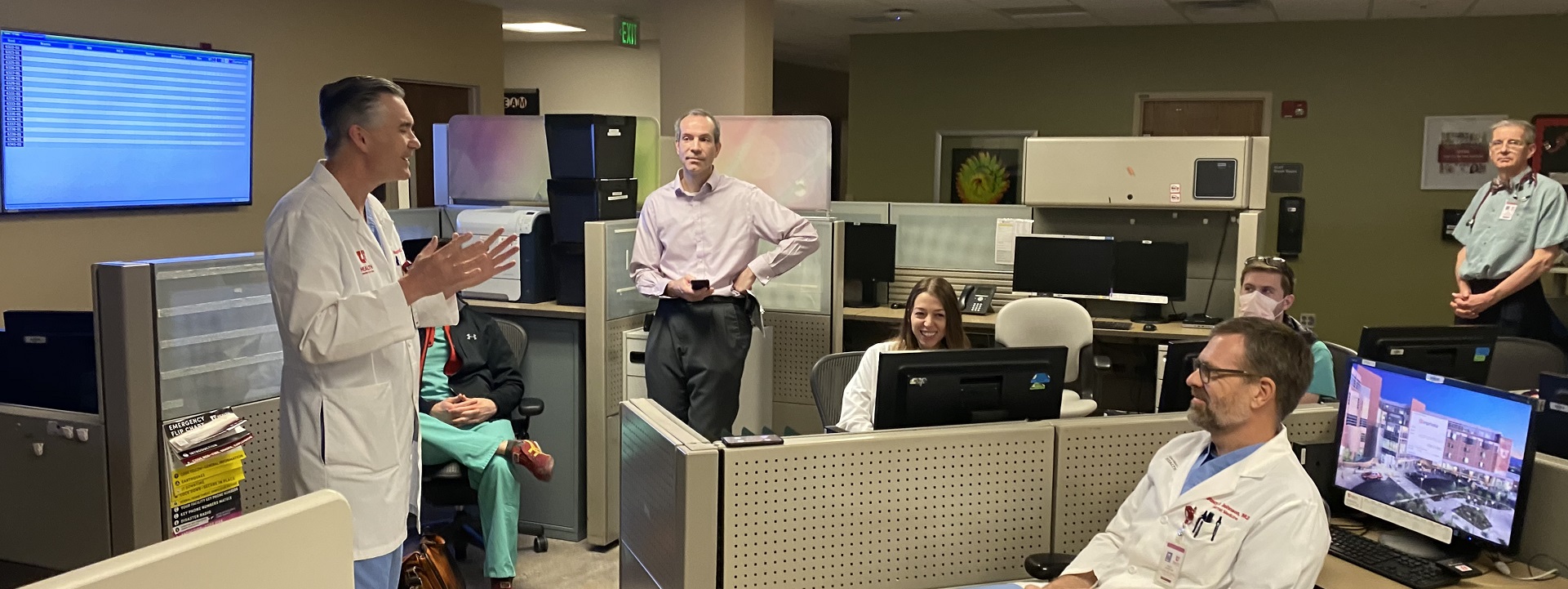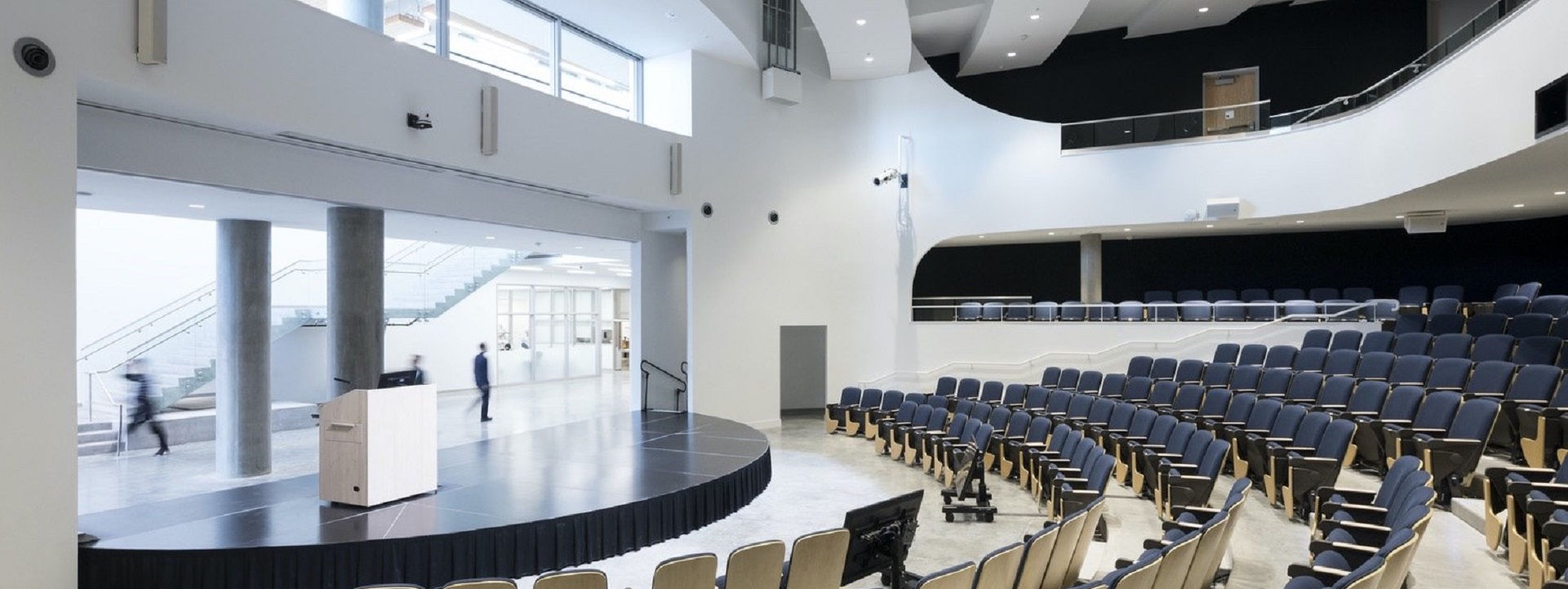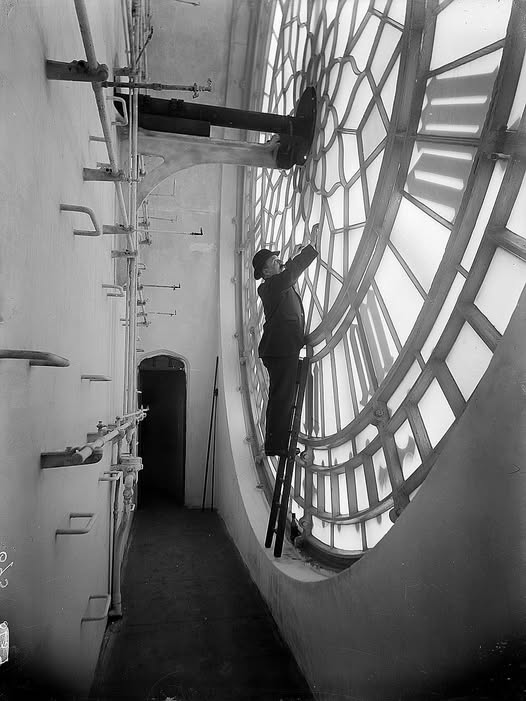Building New York: Stephen Ross
- Home Page 14

NGO, QUANGO or Something Else: How Harvard and Other Colleges Manage Their Endowments
Bill Ackman: Anti-Semitism at Harvard

Harvard Black Students Association: “Harvard is ‘Ours’ Now”
Dr. Claudine Gay Doctoral Dissertation
“Taking charge: Black electoral success and the redefinition of American politics”
- In Challenging Year, Higher Education Endowments See Declines in Returns and Values but Boost Overall Spending, NACUBO-TIAA Study Finds
- NACUBO 2023: Commonfund Study of Endowments
- Harvard University Financial Administration Report: June 30, 2023
Related:
Plenums & Ceilings
Today at the usual hour we explore the literature, standards and codes that inform the design, construction, safety and sustainability of interior ceiling structures.
Educational classroom ceilings are shaped less by bold engineering and more by decades of accumulated institutional experience and unwritten tradition. Acoustics dominate: generations of teachers complained about echo and poor speech intelligibility, so by the 1950s–60s, suspended acoustic tile systems on metal grids became the default.
Case histories—fire tragedies like Our Lady of the Angels (1958) and later the Station nightclub fire—pushed strict flame-spread ratings, reinforcing mineral-fiber tiles and sprayed fireproofing on structure. Height settled around 9–10 ft (2.7–3 m) because pre-1970s HVAC systems needed plenum space above grids, and higher ceilings raised heating costs during the 1973 oil crisis; those budget lessons stuck.
Daylight and glare studies from the 1990s onward encouraged flat, matte white surfaces to diffuse light without hot spots. Modern codes merely codify what thousands of past classrooms already “already worked”: quiet, fire-safe, affordable, and bright enough. Tradition, filtered through decades of trial, error, and budget sign-offs, quietly dictates the design more than any single regulation.
Use the login credentials at the upper right of our home page.
In the United States, where the International Building Code (IBC) or its variants sets the standard, ceiling heights for habitable spaces and corridors—this includes most square footage in educational facilities—can be no lower than 7 feet 6 inches (2.29 m). Basements and non-habitable spaces may be as low as 7 feet 0 inches.
There is no single nationwide building code that directly mandates a specific maximum or minimum height for an auditorium, however. The allowable height of an auditorium (measured as floor-to-ceiling height or story height) is determined by a combination of the adopted model building code and fire code in that jurisdiction, along with the building’s occupancy classification, construction type, sprinkler protection, and sometimes egress/accessible means of egress requirements.
Case Histories:
Ceiling Heights
Sam Zell (1941–2023), the billionaire real estate investor and founder of Equity Group Investments, was a proud alumnus of the University of Michigan, earning both his B.A. (1963) and J.D. (1966) there. While an undergraduate, he managed apartment buildings and became a notable figure in campus entrepreneurship.
Zell and his fraternity brother Robert Lurie maintained a lifelong partnership that began at Michigan.He remained one of U-M’s most generous donors: the business school’s entrepreneurship program is named the Samuel Zell & Robert H. Lurie Institute for Entrepreneurial Studies, and he funded the Zell Lurie Founders Fund. The university awarded him an honorary doctorate in 2003 and he frequently returned to teach and mentor students.
Designing Lighting for People and Buildings
IES Standards Open for Public Review
Standard Practice on Lighting for Educational Facilities
Recommended Practice: Lighting Retail Spaces
IES Method for Determining Correlated Color Temperature
Today we feature the catalog of the Illumination Engineering Society — one of the first names in standards-setting in illumination technology, globally* with particular interest in its leading title IES LP-1 | LIGHT + DESIGN Lighting Practice: Designing Quality Lighting for People and Buildings.
From its prospectus:
“…LIGHT + DESIGN was developed to introduce architects, lighting designers, design engineers, interior designers, and other lighting professionals to the principles of quality lighting design. These principles; related to visual performance, energy, and economics; and aesthetics; can be applied to a wide range of interior and exterior spaces to aid designers in providing high-quality lighting to their projects.
Stakeholders: Architects, interior designers, lighting practitioners, building owners/operators, engineers, the general public, luminaire manufacturers. This standard focuses on design principles and defines key technical terms and includes technical background to aid understanding for the designer as well as the client about the quality of the lighted environment. Quality lighting enhances our ability to see and interpret the world around us, supporting our sense of well-being, and improving our capability to communicate with each other….”
The entire catalog is linked below:
Illumination technologies run about 30 percent of the energy load in a building and require significant human resources at the workpoint — facility managers, shop foremen, front-line operations and maintenance personnel, design engineers and sustainability specialists. The IES has one of the easier platforms for user-interest participation:
IES Standards Open for Public Review
Because the number of electrotechnology standards run in the thousands and are in continual motion* we need an estimate of user-interest in any title before we formally request a redline because the cost of obtaining one in time to make meaningful contributions will run into hundreds of US dollars; apart from the cost of obtaining a current copy.
We maintain the IES catalog on the standing agendas of our Electrical, Illumination and Energy colloquia. Additionally, we collaborate with experts active in the IEEE Education & Healthcare Facilities Committee which meets online 4 times monthly in European and American time zones; all colloquia online and open to everyone. Use the login credentials at the upper right of our home page to join us.
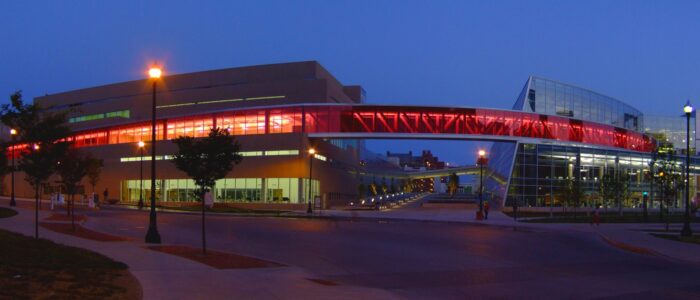


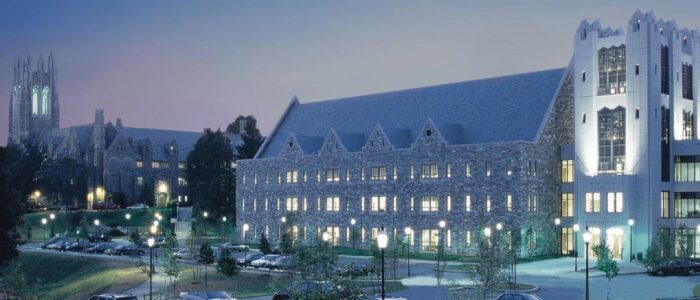

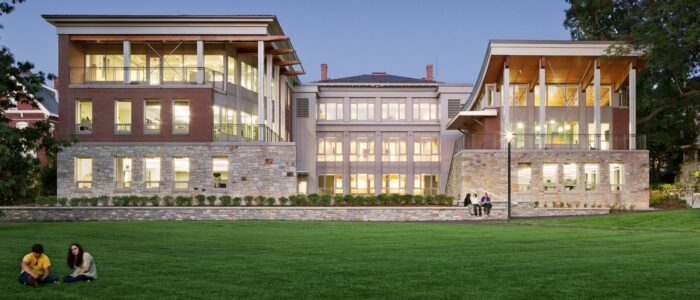



Issue: [Various}
Category: Electrical, Energy, Illumination, Facility Asset Management
Colleagues: Mike Anthony, Gary Fox, Jim Harvey, Kane Howard, Glenn Keates, Daleep Mohla, Giuseppe Parise, Georges Zissis
* “Brownian Motion” comes to mind because of the speed and interdependencies.
LEARN MORE:
Illuminating Engineering Society Welcomes New Director of Development
Shayna Bramley Brings 21 years of Lighting Industry Experience to IESTo learn more, to go: https://t.co/YApdTPvR8E pic.twitter.com/PGDCtO4jrC
— Illuminating Engineering Society (@The_IES) December 26, 2018
The LD+A editorial and sales team members just couldn’t resist visiting Bugsy and Meyer’s Steakhouse (covered in the December 2021 issue) while in Las Vegas for LightFair! Read up on the details of the shadowy project here: https://t.co/7eoLPT69Dx #TheIES #LightFair2022 #lighting pic.twitter.com/uWmolsNpMz
— Illuminating Engineering Society (@The_IES) June 22, 2022
Interior Finishes: Ceilings
International Building Code Chapter 23: Wood
Chapter 8 of the International Building Code contains the performance requirements for controlling fire growth and smoke propagation within buildings by restricting interior finish and decorative materials. A great deal of interior square footage presents fire hazard; even bulletin boards and decorations; as a simple web search will reveal. We are respectful of the competing requirements of safety and ambience and try to assist in a reconciliation of these two objectives.
Free access to the current edition of the relevant section is linked below:
The public input period of the Group A Codes — which includes the International Fire Code; which contains parent requirements for this chapter — closed in July 2nd. Search on the word “interior”, or “school” or “classroom “in the document linked below for a sample of the ideas in play.
Update to the 2024 Group A – Consolidated Monograph Updates 3/18/2024
2021 REPORT OF THE COMMITTEE ACTION HEARINGS ON THE 2021 EDITIONS OF THE GROUP A INTERNATIONAL CODES
Development of Group A proceeds in the calendar linked below:
Current Code Development Cycle 2024-2026
Most of the ICC bibliography lies at the foundation of the safety and sustainability agenda of education communities everywhere so we follow development continuously; setting priorities according to our resources. We keep the issues in this chapter on the standing agenda of our Interiors colloquium. See our CALENDAR for the next online meeting; open to everyone.
RELLIS Data and Research Center
Time sensitive November 11, 2025 Update:
The project, located on the Texas A&M University System’s Rellis Campus in Bryan (Brazos County), has faced significant delays. Originally slated to begin construction by November 2021, it was pushed back due to the 2021 Winter Storm Uri. In November 2023, construction was announced to start in 2024, with an expected opening in Q3 2024 (July–September). However, no sources confirm completion or operations.Recent developments include:
- February 2025: Bryan approved a reinvestment zone on the 25-acre site to attract the data center, with ongoing negotiations.
- October 2025: Officials clarified no formal plans have been submitted for the site, despite zoning approvals for potential development.
The project’s official site (rellisdrc.com) states “Site will be available soon,” indicating it’s still under preparation. It’s designed as a 225,000 sq ft Tier III facility with colocation, cloud services, and educational spaces for workforce training.
FYI:
Company building RELLIS Campus Data & Research Center files for bankruptcy
Construction to begin on Rellis data center in Texas in 2024
The RELLIS Data and Research Center will be a public – private development with Texas A&M University. The data center will be built on the new RELLIS Campus located in College Station, Texas. It will offer cloud storage and outstanding managed services. The RELLIS Academy and Research Lab offers the ability for Texas A&M University to give real world data center experience to both students and faculty.
Data Center Operations & Maintenance
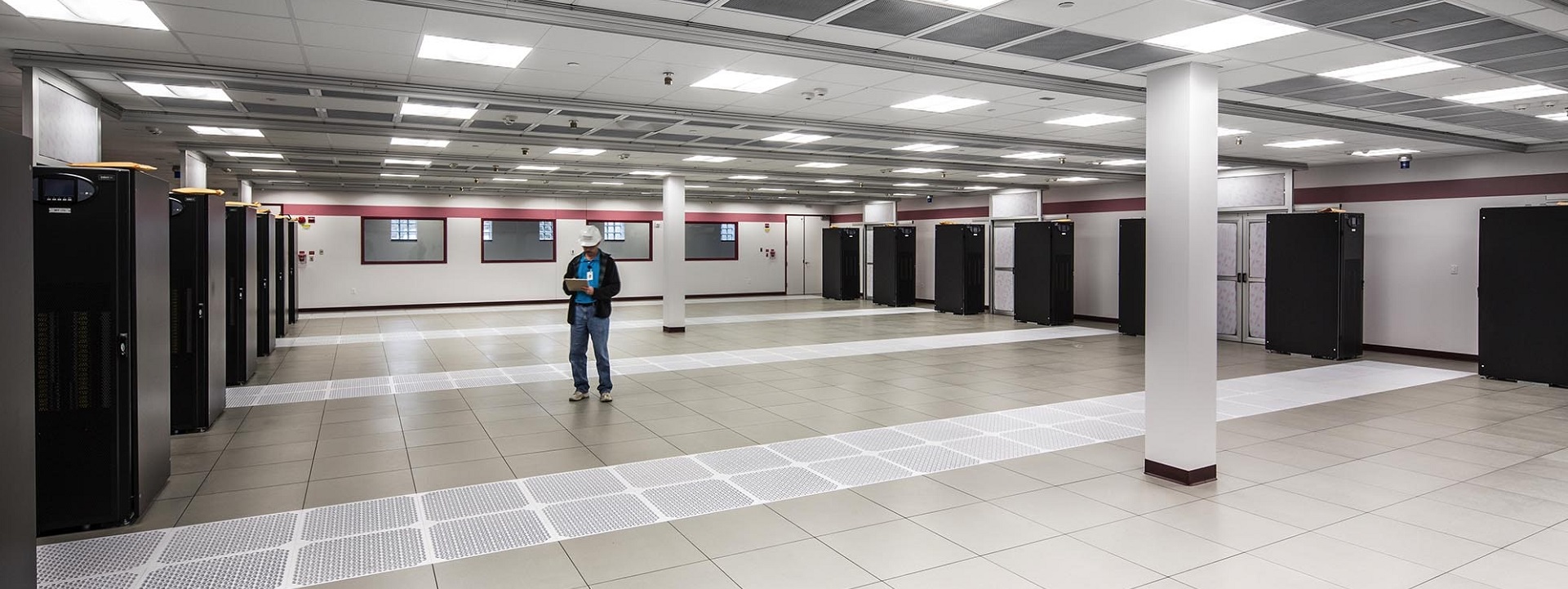

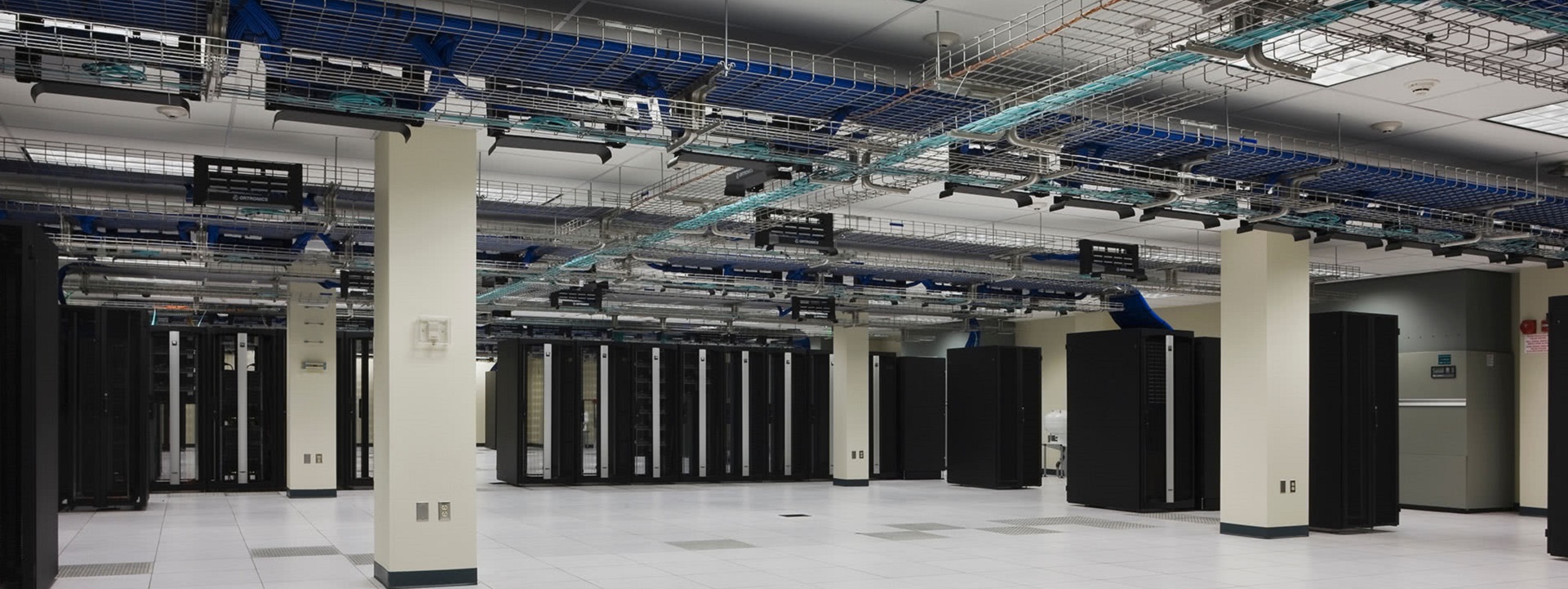

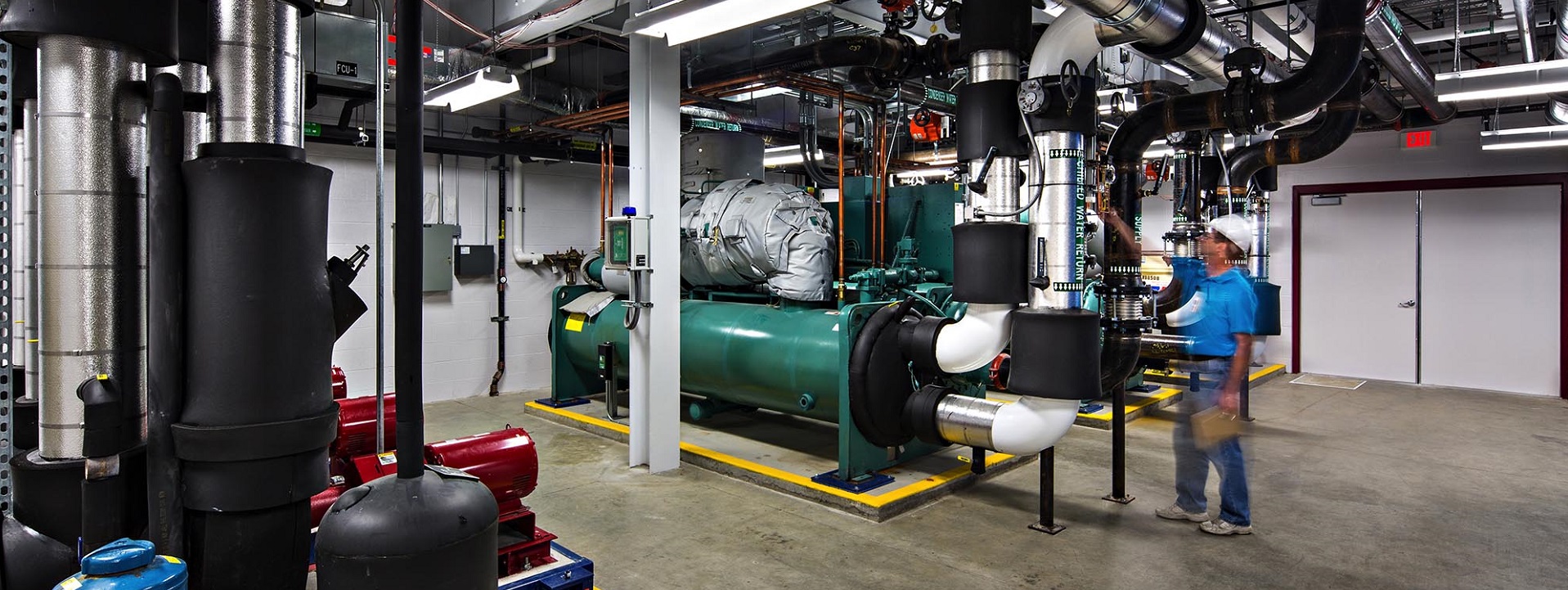
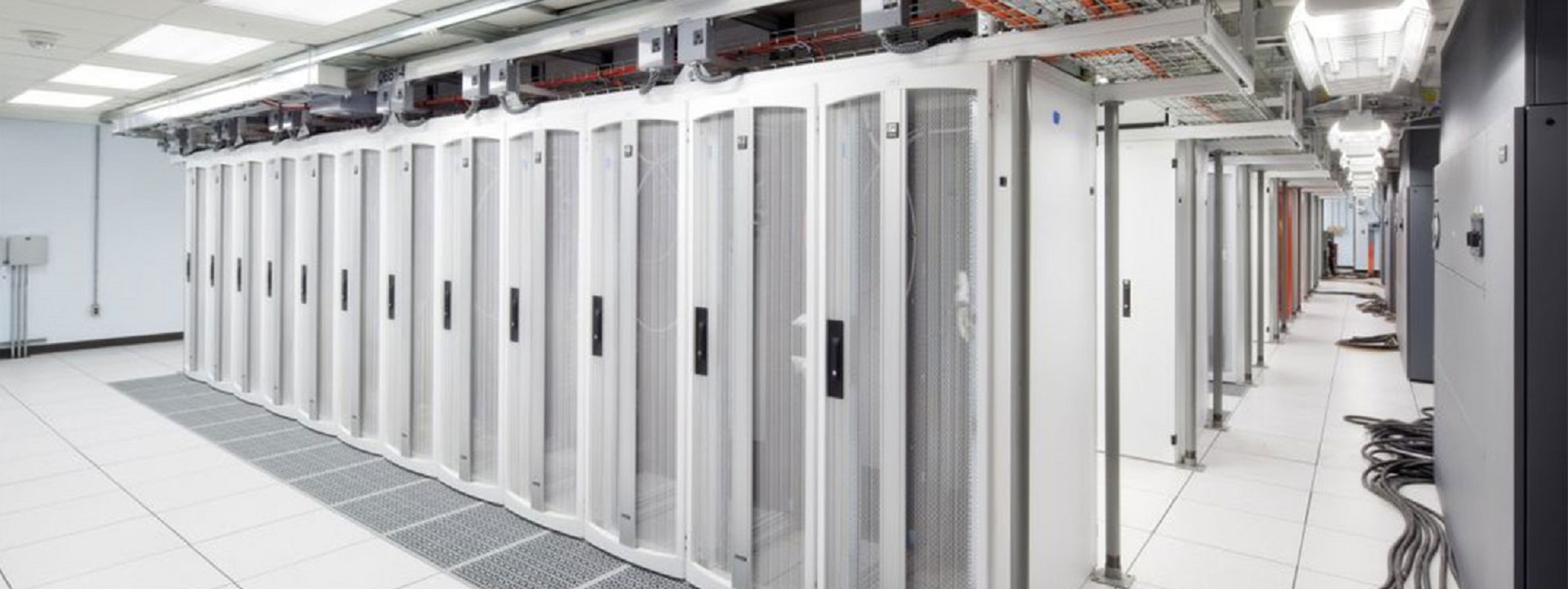
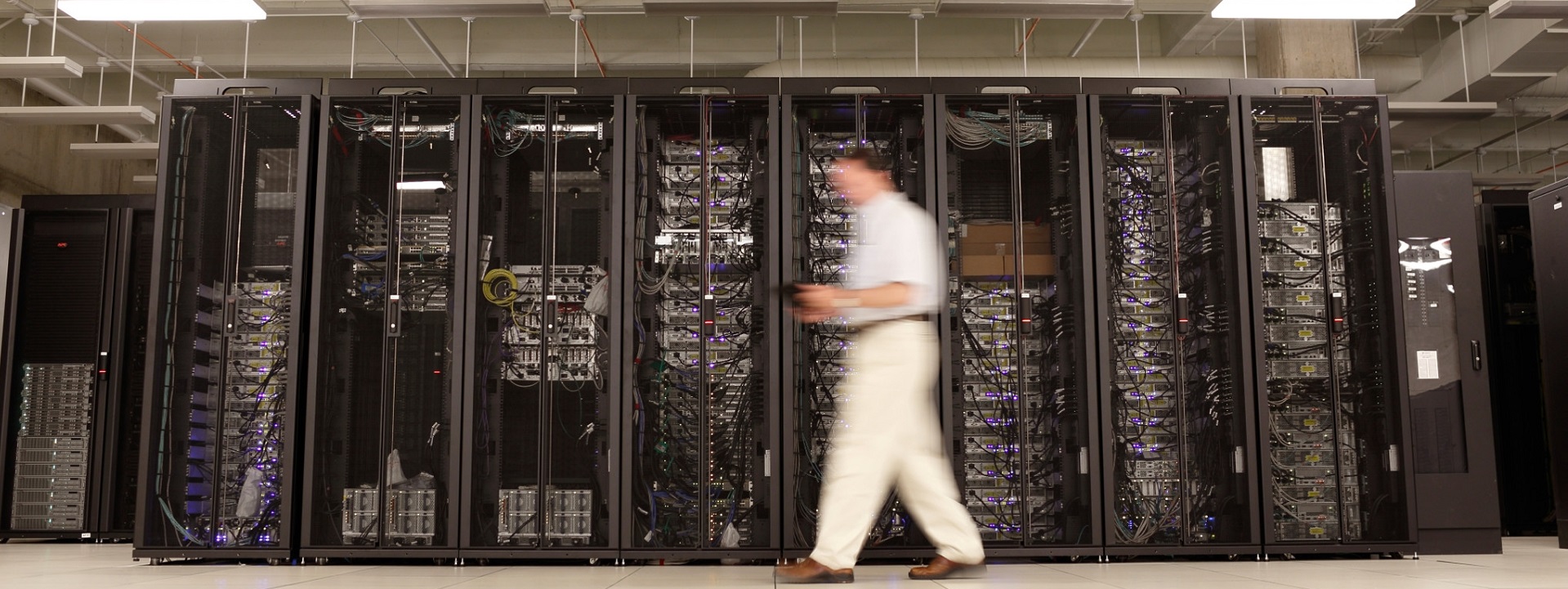
Information and communications technology (ICT) is a fast-moving economic space in which a mix of consensus, consortia and open-source standards form the broad contours of leading practice. ICT standards tend to follow international developments — more so than, say, fire safety standards which are more familiar to education facility leadership. All school districts, colleges, universities and university-affiliated health care systems have significant product, system, firmware and labor resources allocated toward ICT.
The Building Industry Consulting Service International (BICSI) is a professional association supporting the advancement of the ICT community in all markets. This community is roughly divided between experts who deal with “outside-plant” systems and “building premise” systems on either side of the ICT demarcation (or Point-of-Presence). BICSI standards cover the wired and wireless spectrum of voice, data, electronic safety & security, project management and audio & video technologies. Its work is divided among several committees as shown in the landing page of its standards setting enterprise, linked below:
BICSI International Standards Program
Education communities are stewards of significant information and communication technology infrastructure. Accordingly, we track the development of BICSI 009 Data Center Operations and Maintenance Best Practices. This title provides requirements, recommendations, and best practices for the operation and maintenance of data centers including but not limited to standard operating procedures, emergency operating procedures, maintenance, governance, and management. Those comments are now being integrated into a revised standard to be released as soon as the restrictions of the pandemic are eased. For more information you may communicate directly with Jeff Silveira (jSilveira@bicsi.org)
As of this posting, all BICSI best practice titles are stable and current; though our recent communication with its leadership indicates that BICSI standards setting has been slowed by the pandemic.
A fair amount of content in BICSI standards are inspired by movement in safety concepts of the National Electrical Code; particularly on matters involving wiring, grounding and lightning protection. We maintain all BICSI best practice titles on the standing agenda of our Infotech 200 teleconference. See our CALENDAR for the next online meeting; open to the public. On this topic we collaborate with the IEEE Education & Healthcare Facilities Committee meets four times monthly in European and American time zones; also open to the public.
Issue: [19-30]
Category: Telecommunications, Infotech
Colleagues: Mike Anthony, Jim Harvey, Michael Hiler
LEARN MORE:
Did you know BICSI offers a complete library of our award winning technical manuals and published standards? Available in print or electronic download, this set is a perfect resource for your company. Learn more: https://t.co/fzBA8hqve9 pic.twitter.com/y9duVe0fCG
— BICSI (@BICSI) December 15, 2018
New update alert! The 2022 update to the Trademark Assignment Dataset is now available online. Find 1.29 million trademark assignments, involving 2.28 million unique trademark properties issued by the USPTO between March 1952 and January 2023: https://t.co/njrDAbSpwB pic.twitter.com/GkAXrHoQ9T
— USPTO (@uspto) July 13, 2023
Standards Michigan Group, LLC
2723 South State Street | Suite 150
Ann Arbor, MI 48104 USA
888-746-3670




